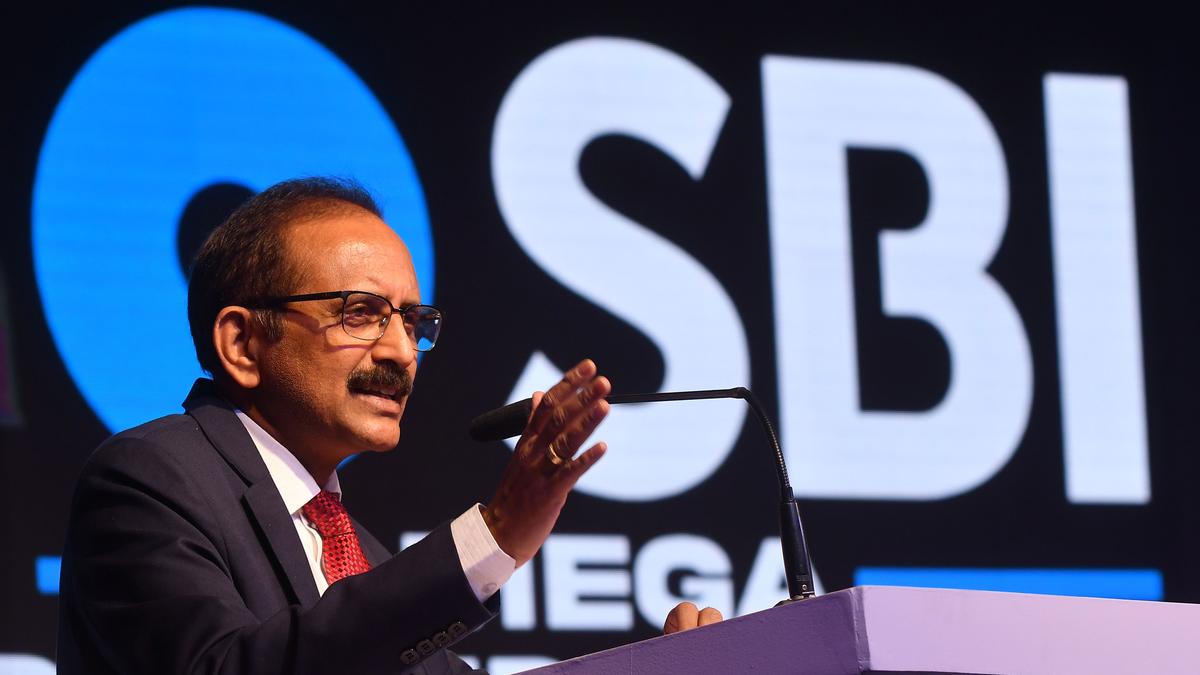
SBI Q3 net surges 84% on lower base to ₹16,891 cr., asset quality improves
The Hindu
SBI reports 84.3% YoY profit growth, NII up 4.6%, asset quality improves, Chairman optimistic about future growth.
The country’s largest lender State Bank of India (SBI) posted a 84.3% year-on-year growth in third-quarter net profit to ₹16,891 crore compared with ₹9,164 crore a year ago. The Q3 FY24 profit was impacted by a one-time provision of ₹7,100 crore towards wage revision and pension cost
Net Interest Income (NII) grew 4.6% to ₹41,446 crore. However, net interest margin (NIM) slid 19 basis points (bps) to 3.27%.
Loan loss provisions rose to ₹2,305 crore from ₹1,757 crore a year ago, the bank said in a filing.
Asset quality improved with gross non-performing assets (GNPA) reducing by 2.75% to ₹84,360 crore and Net NPA by 4.60% to ₹21,378 crore.
While deposits at ₹52,29,384 crore grew by 9.81%, gross advances rose 13.49% to ₹40,67,752 crore.
Domestic corporate loan book grew 14.86% to ₹11,76,303 crore and domestic retail personal loan book by 11.65% to ₹14,47,337 crore. Home loan book climbed by 14.24% to ₹7,92,827 crore.
SME advances grew by 18.71% followed by agricultural advances at 15.31% and retail personal loans by 11.65%.













